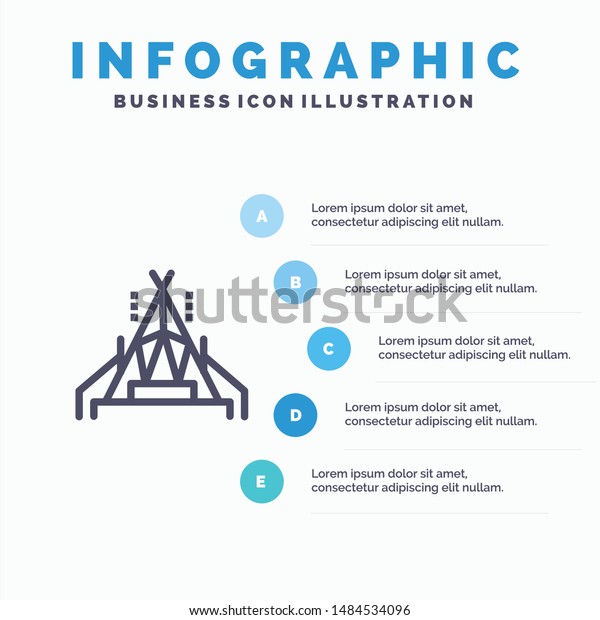A range jack is a strengthened opening in the outdoor tents textile that safely accommodates woodstove pipes. Nevertheless, the process of fitting an oven jack can be daunting for new campers, and blunders in installment can lead to tent fires or carbon monoxide poisoning.
Thankfully, an effectively fitted and preserved stove jack is just one of the safest enhancements to a canvas tent, like the Roamin Home Wanderer.
Placement
An oven jack is essential to the capability and comfort of your canvas camping tent. Not just does it offer warmth and food preparation ease, however it additionally helps eliminate dampness from your walls to maintain your outdoor tents comfortable and completely dry throughout the periods.
Keeping in mind that they're created to prevent the fire and flue from coming into contact with the canvas, it is essential to position your stove jack safely. Cooktop jacks ought to be put as away from the wall of your camping tent as feasible, in particular, the area that flickers and relocates one of the most.
Our modular stove jacks allow you to place your leave point for the pipe in either the roofing or side wall surface of your outdoor tents, giving you full control over where you would certainly like your smoke and exhaust to leave your sanctuary. Learn more regarding typical blunders campers make when fitting their range jacks, and exactly how to prevent them to guard yourself from tent fires and carbon monoxide poisoning.
Air flow
A cooktop jack gives a safe exit point for the pipeline of your outdoor tents cooktop, aerating smoke from the interior of your tent. Without ventilation, harmful gases like carbon monoxide gas can accumulate inside the outdoor tents. The jack is also designed to prevent warm sources from touching the canvas of the breathability camping tent, securing the framework and products from damages or fire.
Preferably, your flue should extend at least 6 inches above the top of the tent ridge. This enables the wind to blow stimulates away from your roof covering, reducing the threat of them burning holes in the camping tent roofing.
Ventilation likewise helps enhance burning effectiveness and home heating capacity. The products your cooktop and flue are constructed from capture warmth emitted by the smoke and fuel, increasing their temperature and promoting additional combustion. The jack then reflects this warmth into the tent, helping to keep the interior of the tent warm and comfortable for longer periods.
Fuel
Ensure that you are using just fire-safe timbers which your cooktop is effectively sustained. Stay clear of straining the cooktop, as this can create overheating that can cause fire. Furthermore, shop combustible products like alcohol, aerosols and gas cylinders outside the tent to prevent them from creating a fire.
Stove Jacks are made to shield outdoors tents from warm, and the cloth they're made from is fire-resistant. Nevertheless, they are only designed to be made use of securely if they are appropriately set up and positioned appropriately. Guarantee that the oven pipeline is aiming up and down through the hole, as any other angle can hinder proper air movement.
Stoves can stay precariously hot for hours after they are utilized and can damage or stir up outdoor tents material, sleeping bags, and various other individual valuables if put also close. Maintain a fire extinguisher nearby and make sure everyone understands where it is, in addition to how to utilize it. Additionally, constantly utilize fire-resistant bed linens like camping tent floor coverings and systems to prevent warmth from damaging your cushion.
Extinguishing
A fire can spread out swiftly, especially when embers fly right into plants or close-by structures. Always maintain a water pail and fire extinguisher convenient in case of a fire, and never ever leave a campfire ignored.
If developing a campfire, clear the area and usage marked pits. Make certain to examine neighborhood camping area or public lands guidelines for any constraints prior to producing a campfire. Prevent utilizing liquid-filled heaters, lights or candle lights inside outdoors tents; they can create lethal carbon monoxide gas. Load a mobile CO alarm and multi-purpose fire extinguisher for added peace of mind.
Occasion camping tent fire safety conformity requires adherence to NFPA criteria and regional legislations, as well as normal surveillance, staff training on emergency situation treatments and efficient evacuation methods. Appropriate tent configuration, qualified materials and electric equipment are essential elements for accomplishing conformity. Doing pre-event risk evaluations, conducting routine safety and security checks and interacting emergency methods with attendees aid lessen hazards and produce effective events that focus on guest health.
